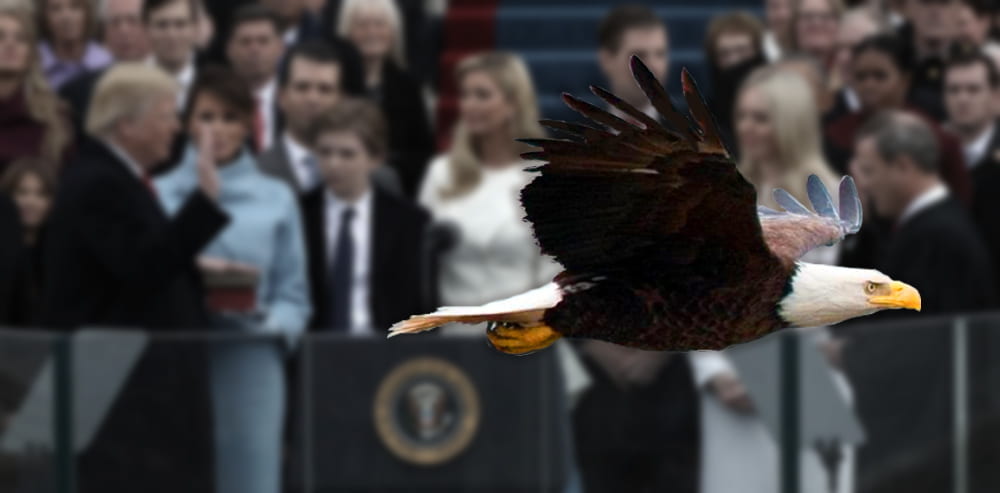Climate Change is the New DDT
By Anna Hoch
March 15, 2017
You don’t need an old white man to tell you that Climate Change is real. Look around you – the birds are “tweeting” about it.

As children we are all curious about the natural world yet tend to focus on alluring keystone species like the Panda Bear, and not so much the robin who spent it’s spring sucking up earthworms in the backyard. Sadly, in human society, bird culture often goes unobserved.
Birds deserve more attention. If we look at them with an “eagle eye,” birds are known for everyday miracles, such as ecosystem services — in other words, they keep our world and ecosystems balanced by performing simple actions that result in beneficial impacts to humanity. They recycle nutrients back into the environment, disperse seeds, pollinate plants and lift our spirits.
Their presence even provides humans with tangible, economic services. They act as bio-pesticide controllers for farmers, clean water ambassadors, improvers of timber supplies, and, according to the U.S. Fish and Wildlife Service, in 2013, brought $15 billion in total industrial output revenues due to recreational bird watching.
Birds are indicators of habitat quality, diversity and environmental and human health. The first legendary proof of birds as environmental indicators was through the work of Rachel Carson whose 1962 book Silent Spring prompted a national call-to-action to protect bird populations from exposure to pesticides, leading to a domestic ban on the production and use of DDT.
Today, climate change is the new DDT, and scientists predict it will cause vast irreversible impacts on North American bird populations. National Audubon Society’s chief scientist Gary Langham stated in the organization’s 2004 Report that of the 588 bird species of concern a total of 314 will lose more than half of their geographic ranges.
Climate change is misguiding the 588 bird populations from their instinctive migratory behaviors that have been pre-programmed over thousands of years, ultimately leaving the birds to survive in unfamiliar or harsh ecosystems with different food supplies, predators and shelters. The Rufous Hummingbird, for example, is predicted to lose 100 percent of its non-breeding habitat in California, and must either adapt or find a new niche in Canada.
Hummingbirds are not the only iconic species affected. According to Audubon’s climate model, the Common Loon has lost 56 percent of its summer range and 75 percent of its current winter range, with a 2080 prediction of complete disappearance in northern Minnesota.
So if American society learned its lesson from the near extinction of its national bird, the American Bald Eagle, then why can’t Congress acknowledge that our historical indicator species, birds, are trying to communicate with us?
With Scott Pruitt, a prominent climate denier, now in charge of the U.S. Environmental Protection Agency, it seems unlikely this will be a time when the President and Congress “gets our ducks in a row” and overcomes climate change denying lobbyists. But could there be a shining light in Washington who “pulls a Rachel Carson” and leads a national effort to motivate the masses on the importance of birds indicating climate change? Or will we watch as our iconic bird populations are depleted because Congress is afflicted with a bad case of denial?
As Americans we are tired of the congressional “squawking” over the climate change debate. It is now time to co-operate in the hopes of saving our feathered friends.

